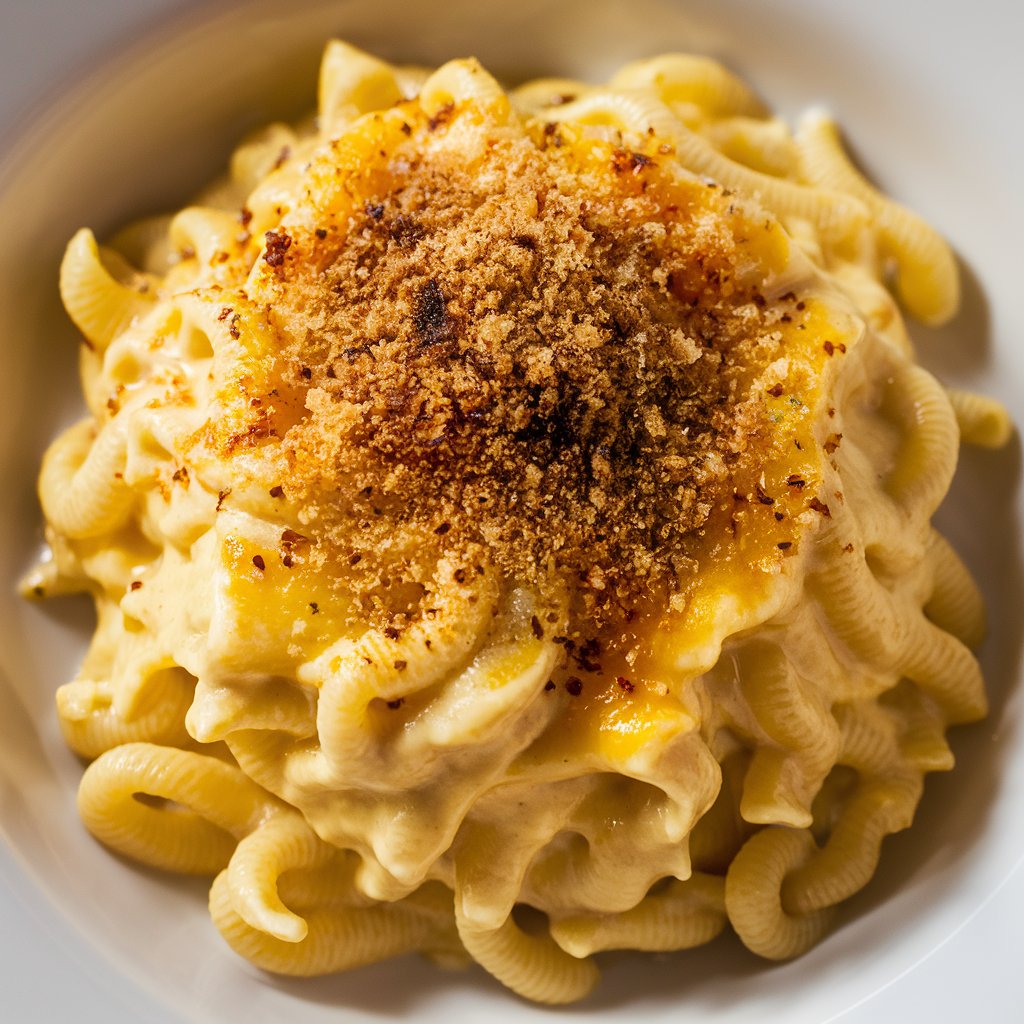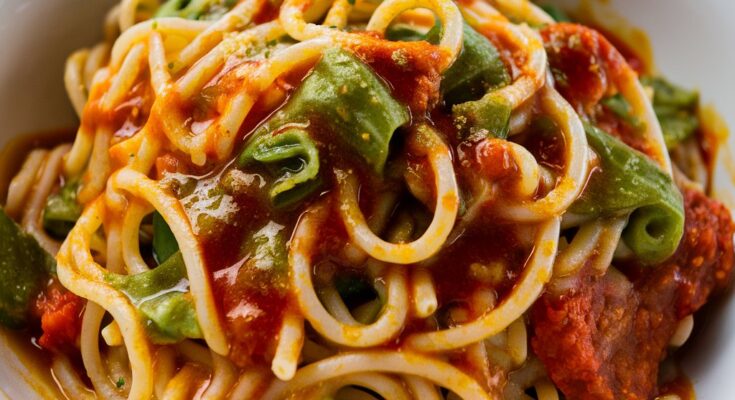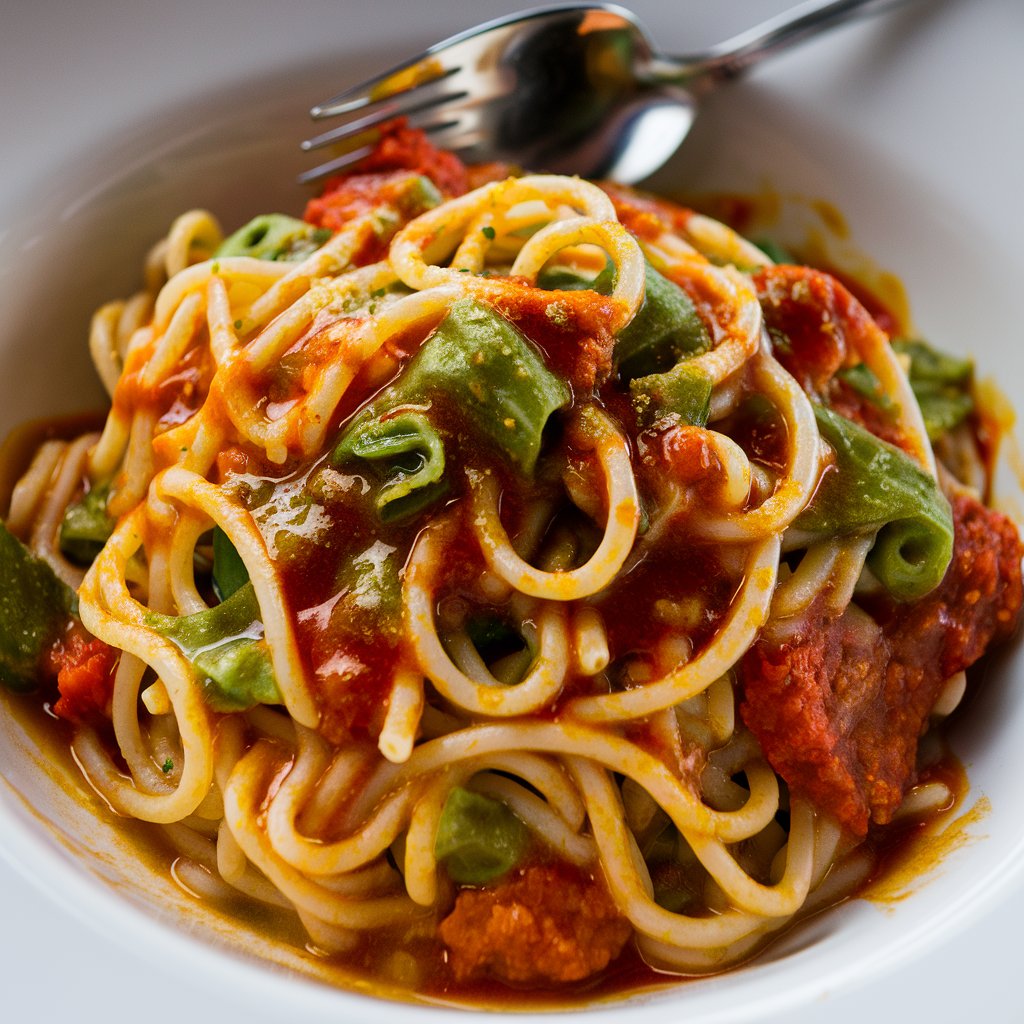Introduction
Macaroni and cheese, affectionately known as mac and cheese, is a beloved comfort food enjoyed by people of all ages. Whether you’re a college student seeking a quick meal or a parent looking to please picky eaters, mac and cheese is a go-to dish. While store-bought versions are convenient, nothing beats the creamy, cheesy goodness of homemade mac and cheese. Plus, it’s surprisingly easy to make with just a few simple ingredients. Let’s dive into the step-by-step process of creating this timeless classic.

Ingredients
To get started, you’ll need the following basic ingredients:
- Macaroni pasta: 2 cups
- Butter: 2 tablespoons
- All-purpose flour: 2 tablespoons
- Milk: 2 cups
- Cheddar cheese: 2 cups, shredded
- Salt: to taste
- Pepper: to taste
For extra flavor, consider these optional add-ins:
- Garlic powder: 1/2 teaspoon
- Mustard powder: 1/2 teaspoon
- Paprika: 1/2 teaspoon
Equipment Needed
Before you start cooking, gather these essential kitchen tools:
- Large pot: for boiling the pasta
- Medium saucepan: for making the cheese sauce
- Whisk: for stirring the sauce
- Colander: for draining the pasta
- Baking dish (optional): if you plan to bake your mac and cheese
Preparing the Ingredients
Preparation is key to a smooth cooking process. Measure out all your ingredients beforehand. Shred the cheese if it’s not pre-shredded. This ensures everything is ready to go when you need it.
Cooking the Pasta
Fill your large pot with water and bring it to a boil. Add a pinch of salt to the water, which enhances the pasta’s flavor. Once boiling, add the macaroni and cook according to the package instructions, usually around 7-8 minutes, until al dente. Be careful not to overcook, as the pasta will continue to cook slightly when mixed with the sauce.
Drain the pasta using a colander and set it aside.
Making the Cheese Sauce
This is where the magic happens. Start by making a roux, which is the base of the cheese sauce. In your medium saucepan, melt the butter over medium heat. Once melted, add the flour and whisk continuously for about 1-2 minutes until it forms a smooth paste and turns a light golden color.
Gradually add the milk to the roux, whisking constantly to avoid lumps. Continue to cook and stir until the mixture thickens, about 5 minutes. Reduce the heat to low and start adding the shredded cheddar cheese, one handful at a time, stirring until completely melted and smooth. Season with salt, pepper, and any optional add-ins like garlic powder, mustard powder, or paprika
Combining Pasta and Sauce
Now, combine the cooked pasta with the cheese sauce. Add the pasta to the saucepan and stir until the macaroni is evenly coated with the sauce. Make sure every bite is packed with cheesy goodness.
Baking the Mac and Cheese
While some prefer their mac and cheese straight from the stovetop, baking it adds a delightful crispy top layer. Preheat your oven to 350°F (175°C). Transfer the mac and cheese to a baking dish and spread it out evenly. Bake for about 20 minutes, or until the top is golden brown and bubbly.
Stovetop Mac and Cheese Variation
If you’re short on time or prefer a quicker version, you can skip the baking step. Simply serve the mac and cheese directly from the saucepan once the pasta and sauce are combined. This method saves time and keeps the dish extra creamy.
Adding Toppings
To take your mac and cheese to the next level, consider adding some toppings. Popular choices include:
- Breadcrumbs: for a crunchy texture
- Bacon bits: for a smoky flavor
- Green onions: for a fresh touch
- Hot sauce: for a spicy kick
Sprinkle your chosen toppings evenly over the dish before serving.
Serving Suggestions
Mac and cheese is a versatile dish that pairs well with a variety of sides. Here are a few suggestions to round out your meal:
- Garden salad: to add a fresh, crisp element
- Grilled vegetables: for a healthy side
- Garlic bread: for a satisfying crunch
- Tomato soup: for a classic combo
For a delightful presentation, serve your mac and cheese in individual bowls and garnish with a sprinkle of parsley or chives.
Storing Leftovers
If you have leftovers, store them properly to maintain freshness. Transfer the mac and cheese to an airtight container and refrigerate for up to 3-4 days. When you’re ready to reheat, add a splash of milk to restore creaminess and heat in
Common Mistakes to Avoid
Even simple recipes can go wrong. Here are a few common mistakes to watch out for:
- Overcooking the pasta: Remember, the pasta continues to cook a bit when mixed with the hot sauce.
- Clumpy sauce: Avoid adding the cheese all at once; add it gradually and stir continuously.
- Using pre-shredded cheese: Freshly shredded cheese melts better and creates a smoother sauce.
Healthier Alternatives
Want to make your mac and cheese a bit healthier? Here are a few tweaks:
- Whole wheat pasta: Adds fiber and nutrients.
- Low-fat cheese: Reduces calories without sacrificing flavor.
- Cauliflower: Mix in some cooked, mashed cauliflower for added veggies.
Conclusion
Making homemade macaroni and cheese is a rewarding experience that results in a delicious, comforting dish. By following these steps, you can create a perfect mac and cheese that’s far superior to any store-bought version. Feel free to experiment with different cheeses, spices, and add-ins to make it your own. Happy cooking!
FAQs
1. Can I use different types of cheese?
Absolutely! Cheddar is classic, but you can mix in mozzarella, Gruyère, or even blue cheese for a unique flavor.
2. How can I make mac and cheese gluten-free?
Use gluten-free pasta and substitute the all-purpose flour with a gluten-free flour blend or cornstarch.
3. Is there a vegan version of mac and cheese?
Yes, you can use plant-based milk and cheese alternatives. Nutritional yeast also adds a cheesy flavor.
4. Can I freeze mac and cheese?
Yes, freeze it in an airtight container for up to 2 months. Thaw in the refrigerator before reheating
5. How do I prevent my cheese sauce from becoming grainy?
Ensure the cheese is fully melted before adding more. Use low heat to avoid curdling.


